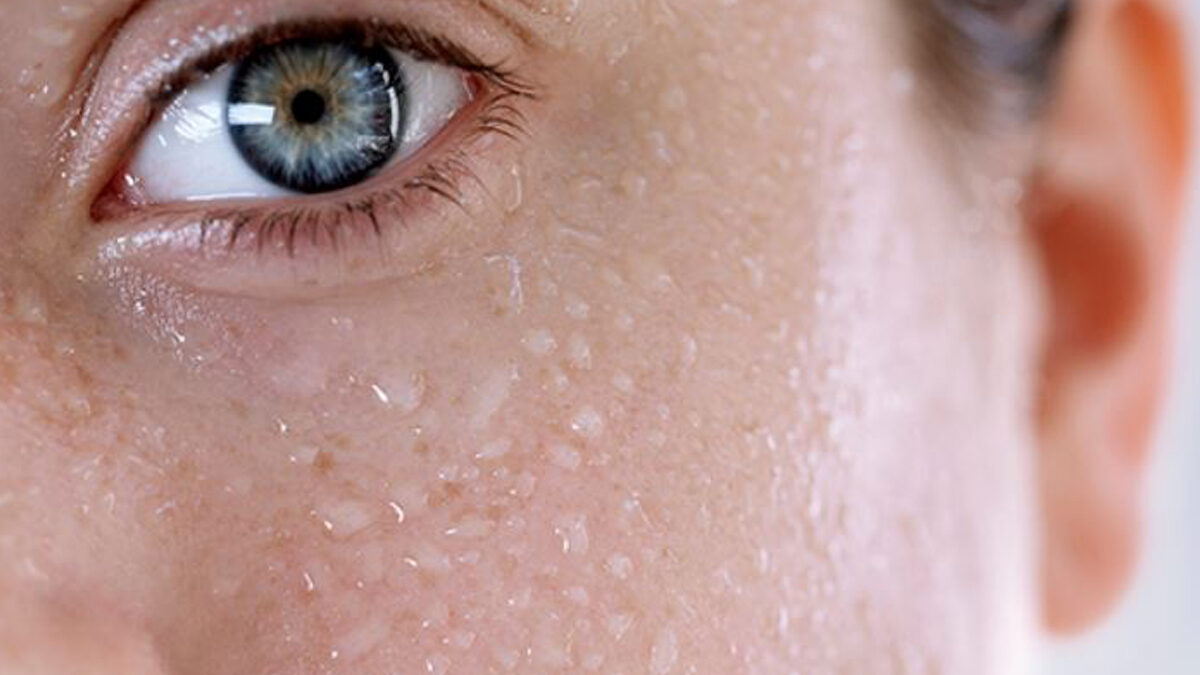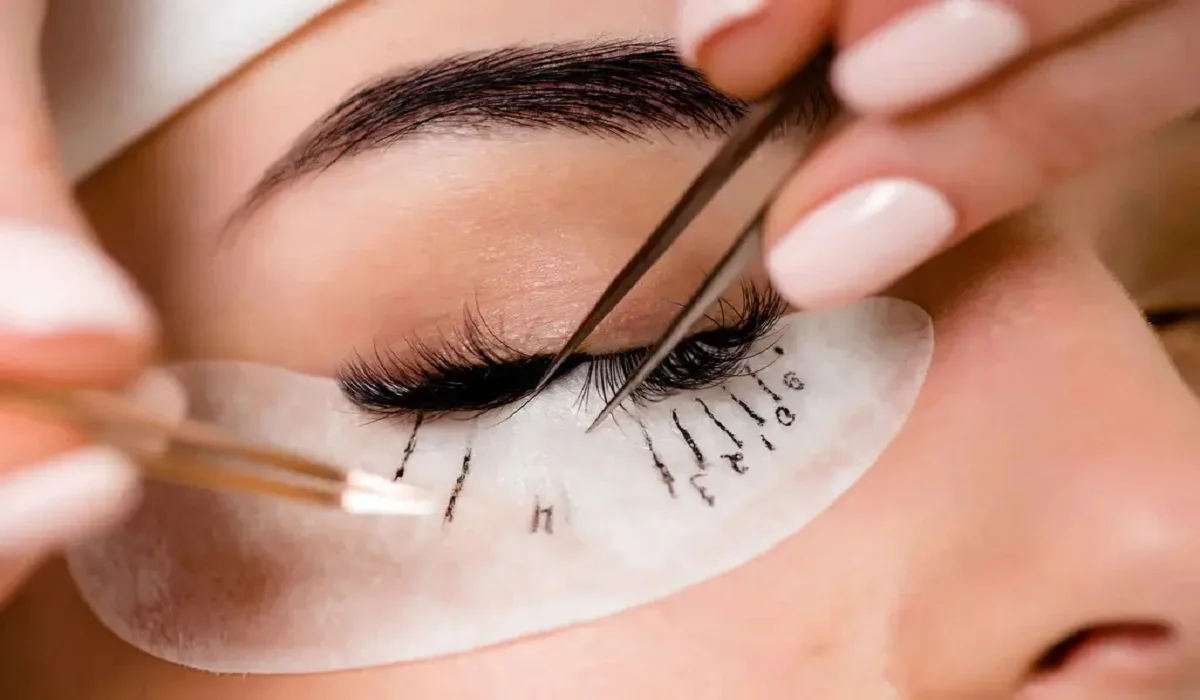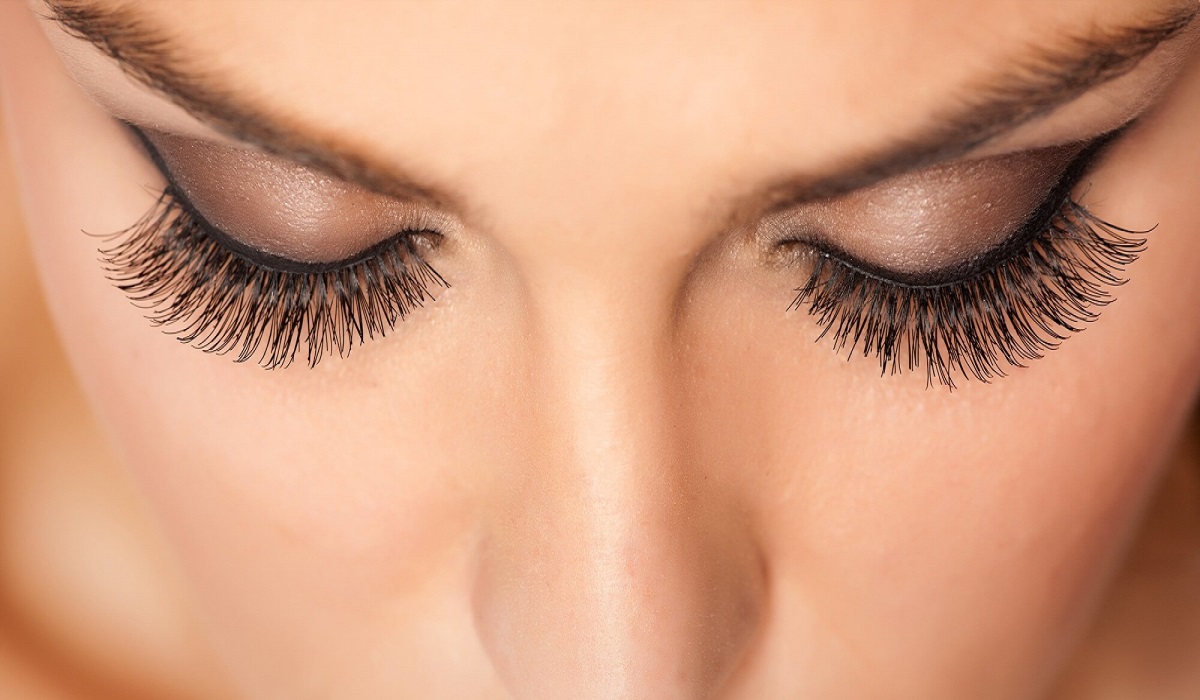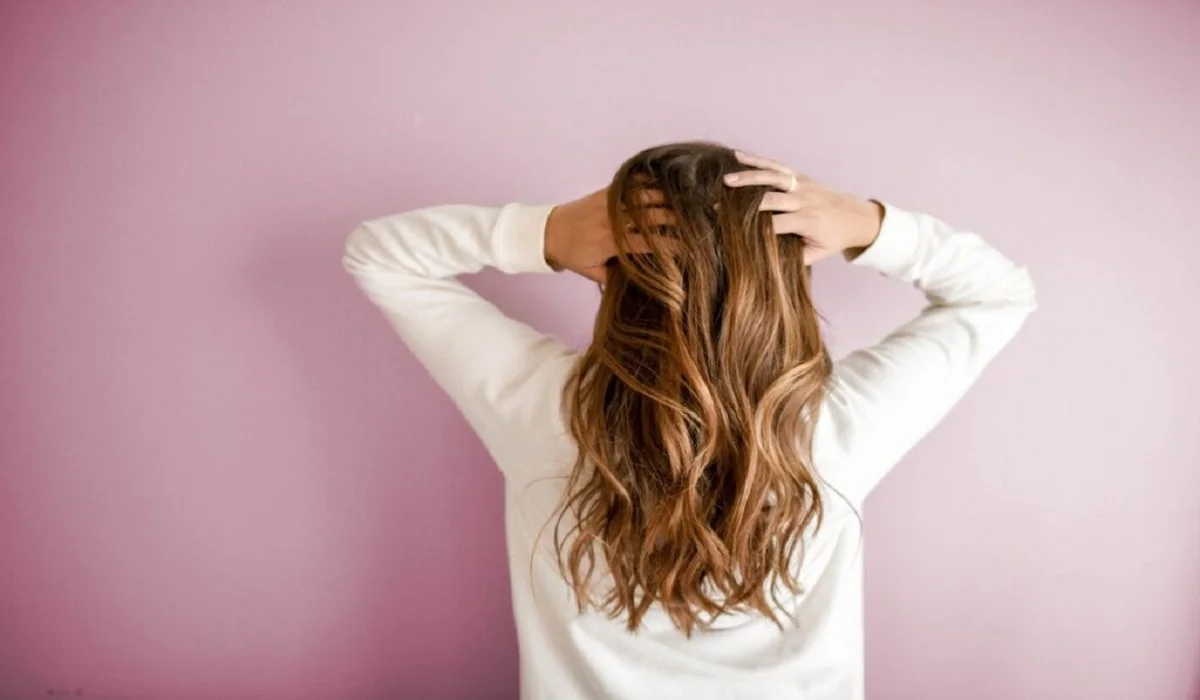
Having voluminous hair can instantly elevate your overall look and boost your confidence. However, achieving that full-bodied, bouncy hair can be a challenge, especially if you have fine or limp strands. Thankfully, there are various techniques, products, and styling tricks that can help you pump up the volume in your hair. In this article, we will explore effective ways to add volume to your hair, providing you with the luscious locks you desire.
Start with the Right Shampoo and Conditioner:
The foundation of voluminous hair starts with the right shampoo and conditioner. Look for products specifically formulated to add volume and lift to the hair. Avoid heavy, moisturizing formulas that can weigh down your strands. Instead, opt for lightweight, volumizing shampoos and conditioners that provide the necessary hydration without compromising on volume.
Use a Volumizing Mousse or Foam:
Volumizing mousses or foams can work wonders in adding volume and texture to your hair. Apply a golf ball-sized amount to your damp hair, focusing on the roots and working it through the lengths. These products create lift and hold, making your hair appear fuller and more voluminous. For extra volume, flip your hair upside down while applying the product and blow-dry in that position.
Blow-Dry Upside Down:
An easy and effective way to add volume to your hair is by blow-drying it upside down. This technique creates lift at the roots, giving your hair a fuller appearance. Flip your hair upside down and blow-dry it on a low heat setting, lifting the roots with your fingers for added volume. Once your hair is mostly dry, flip it back up and continue blow-drying in sections to create a smooth and voluminous finish.
Invest in a Diffuser:
If you have curly or wavy hair, using a diffuser attachment on your blow dryer can help enhance and define your natural texture while adding volume. The diffuser helps distribute the airflow evenly, reducing frizz and preserving the natural shape of your curls or waves. To maximize volume, scrunch your hair gently while diffusing.

Tease Your Hair:
Teasing or backcombing is an age-old technique to instantly pump up the volume in your hair. Take small sections of hair at the crown of your head and tease them gently using a fine-toothed comb or a teasing brush. Remember to be gentle to avoid causing damage to your hair. Once you have teased the desired areas, smooth the top layer of hair over the teased sections for a polished look.
Use Velcro Rollers:
Velcro rollers are another fantastic tool to add volume and bounce to your hair. After blow-drying, roll sections of your hair onto Velcro rollers while they are still warm. Allow the rollers to cool completely before removing them. This technique sets your hair in a lifted position, creating voluminous curls that can last for hours.
Embrace Dry Shampoo:
Dry shampoo is a great product to have in your volumizing arsenal. Besides refreshing your hair between washes, dry shampoo adds texture and lift to your roots. Spray a small amount of dry shampoo at the roots and massage it in to absorb excess oil and add volume. Remember to choose a dry shampoo that matches your hair color to avoid any residue.
Opt for Layers in Your Haircut:
A layered haircut can do wonders in adding volume to your hair. Layers create movement and texture, giving the illusion of fuller and more voluminous locks. Consult with your hairstylist to determine the best layering technique that suits your hair type and face shape.
Consider Hair Extensions:
For those seeking instant volume, hair extensions can be a game-changer. Clip-in or tape-in hair extensions can add length and thickness to your hair, providing the volume you desire. Choose high-quality extensions that blend seamlessly with your natural hair for a natural-looking and voluminous result.
Finish with a Volumizing Hairspray:
Complete your volumizing routine with a volumizing hairspray that provides hold without stiffness. Choose a lightweight hairspray that offers lift and support to your hair, helping to maintain its volume throughout the day. Spray the product lightly over your hair, focusing on the roots for added lift and staying power.
Achieving voluminous hair doesn’t have to be a challenge. By incorporating the right products, styling techniques, and tools into your hair care routine, you can easily pump up the volume and enjoy luscious locks. Start with the right shampoo and conditioner, use volumizing mousses or foams, blow-dry upside down, and consider investing in a diffuser for curly or wavy hair. Tease your hair, use Velcro rollers, and embrace the benefits of dry shampoo to add texture and lift. A layered haircut can create movement and volume, while hair extensions offer an instant boost. Finish off your look with a volumizing hairspray for hold and lasting volume. With these tips and tricks, you’ll be able to enjoy voluminous, bouncy hair that leaves you feeling confident and fabulous.








